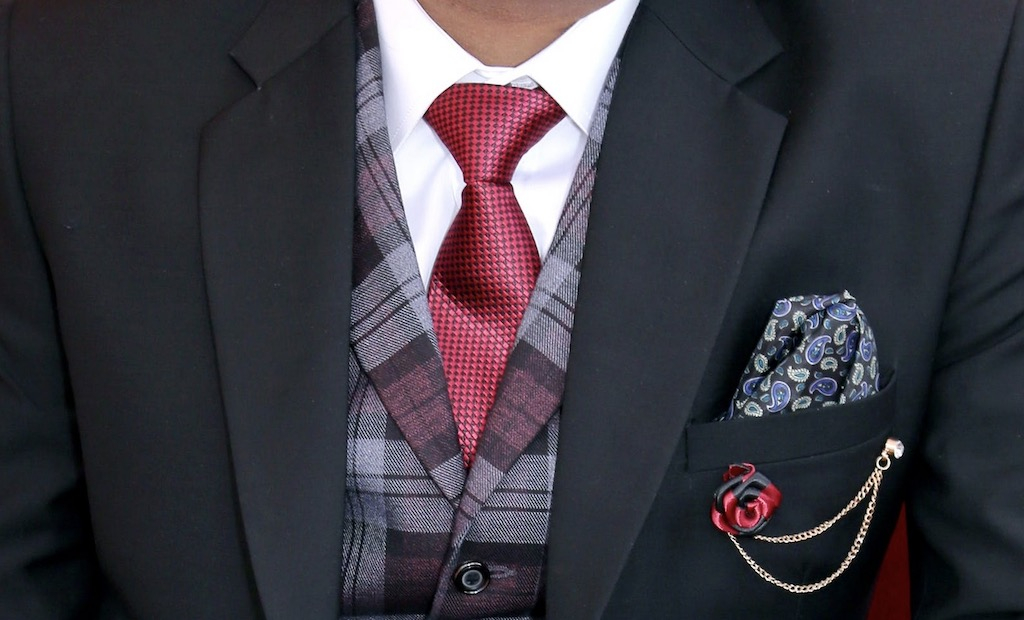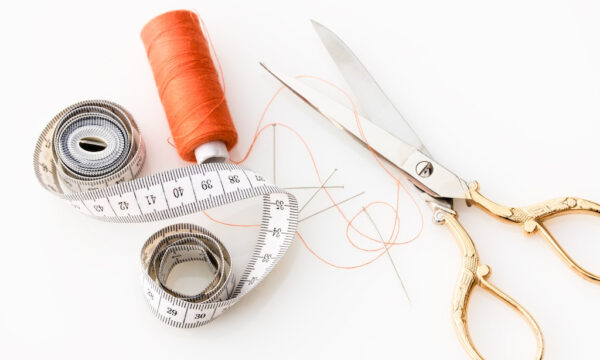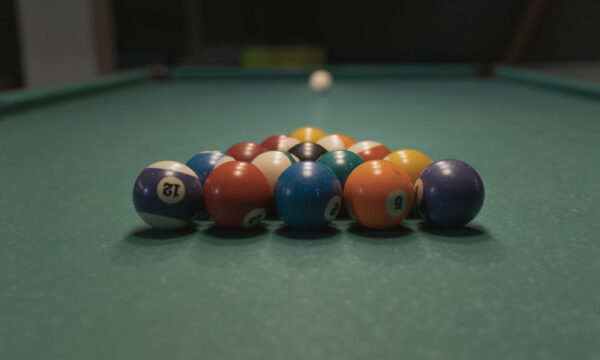Dress codes for a resort city night out

Resort cities have developed a reputation as places where people can spend the day in style. It’s no surprise that many of them frequently attract actors, sports stars and the wealthiest in the world with popular live stages, fine-dining restaurants, speciality bars and entertainment complexes. The latter, in particular, enforce the dress code laws to ensure that everybody looks their finest to maintain high standards, establishing the mood and the appropriate etiquette.
These venues can be places of emotion and players earn a lot or fall shy of a victory. In such cases, tempers may flare up. The dress code provides structure in the event of a loss of decorum.
Some simple rules
In fact, checking the websites of the places you intend to visit is also a smart idea. Specific dress codes will apply, depending on what you intend to do while you are there. However, there are certain common guidelines as to what to wear. This will allow you to excel everywhere you go. Some areas may need more intensive care, which will be addressed later, but these guidelines will deter you from taking any major false moves:
- Don’t wear dirty, torn or worn-out clothing
- Never wear flip flops
- Avoid wearing trainers
In the daytime the venues are more relaxed than at night: after the sun rises then the dress code may be different, perhaps giving you the option to wear jeans, T-shirts, colourful ties, blouses and more structured tops. When you want exposure to lounges or nightclubs, you will have a specific dress code.
How to dress for an evening
White tie
White tie dress is usually limited to things like official banquets, social functions, big awards and the formal party. You may not initially be required to wear a formal white tie outfit, however there is always a chance that you may be asked to join a private function.
For women, there is only one aspect that the white tie dress code requires: a floor-length night robe. Large gloves are optional (usually white), and accessories such as tiaras, clutches and trendy jewellery are optional.
Black tie
Black tie is usually reserved for activities after 6pm. The dress type is often referred to as “semi-formal”, to explain the big distinction between black tie and white tie. However, in contrast to informal or semi-formal wear, this is actually an extremely formal outfit. Black tie’s history is partially interesting as it has been influenced by the Great War. At the end of the battle, everything became calmer, including menswear.
Black tie optional
“Black tie optional” is a popular dress code requirement for activities such as ceremonies and weddings. For the design industry, it’s a fairly recent concept. It essentially means, “if you decide to go smoking, you should wear a smoking tuxedo, but if you don’t own one, and don’t want to borrow one, just cover up as formally as you can”. Note that the combination of dark jacket, white shirt and tie are not that appealing. Luckily, black tie optional is nowadays much harder to adopt, and has been supplemented by words such as “semi-formal” and “casual business”.
Semi-formal
The “semi-formal” term was created for activities with a protocol standard between casual and formal. Because certain gatherings in the morning are less structured by their own definition, this dress type is sometimes used for activities hosted before midday. Luckily, semi-formal attire is the same no matter what time of day.
One certainly won’t find the term “semi-formal” in the dress code for an entertainment complex. The terms of the dress code will strongly align with what has already been mentioned: the lady wears a dress or a dressing skirt and the gentleman wears a tie and a suit.
Business formal
The best way to define “business-formal” is by using “work clothing,” a term that applies to the level of formality you are adopting for a job. Trade-formal apparel is less formal than semi-formal practically, but often it’s challenging to differentiate between the two.
Business casual
This is the most common type of dress code. Many people can recognise a casual business outfit when they see one, but it may be a little challenging to describe. It’s time to breathe a sigh of relief when a dress code states it is “business casual”; many people dress in relaxed business wear regardless of where they are spending the evening.
The main change is that the man’s tie is optional for the first time. The elimination of this element is an essential determiner of formality – it will hold you away from some portions of some of the luxurious venues worldwide.
Casual
It’s hard to describe this term because it might imply something old that we would lie about in at home. The most common error when bringing clothes to an entertainment complex is to misunderstand the phrase “casual”. The word does not imply “come as you are”; it’s necessary to obey the venue’s particular protocol to avoid the host at the door being humiliated. One can’t turn up in dirty clothing, casual men’s T-shirts or jeans. For women, the term implies clean everyday clothes such as tights, khakis or even a sundress.
Conclusion
Most of the places require casual wear only. But it’s important to remember that no matter what a person adds to their outfit, they won’t be let in wearing dirty attire. Any venues can question their clients if they have a hideous logo or photo on their shirt; they can ask customers to alter said t-shirt if it’s against their dress-code. Many establishments have a “no flip flops” or “no t-shirts” rule. The key is to call and check that the things you want to carry or wear are included in “casual dress.”
The editorial unit

























Facebook
Twitter
Instagram
YouTube
RSS